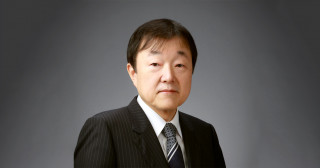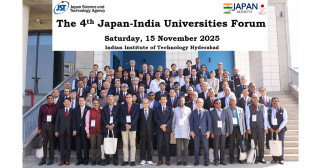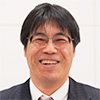
Professor Naoki
Shinohara
of the Research
Institute for
Sustainable
Humanosphere
In a joint research project, Kyoto University's Center for Innovation (COI), Panasonic Corporation, and Mitsubishi Heavy Industries, Ltd (MHI) have successfully developed a battery-less sensor and wireless power charger for electric wheel chairs.
Background
Wireless power charging technology enables power transmission between distant places via electromagnetic field or electromagnetic waves, thus giving rise to electric devices that require no batteries. This has been hailed as "a game-changing technology" or "a technology that will cause a paradigm shift", and has recently drawn a great deal of attention from the academic and industrial societies worldwide. Kyoto University's researchers have long been engaged in research on wireless power charging technology that utilize microwave power transmission. In an experiment that was publicly released in July 2015, Professor Shinohara and his team used a drone to demonstrate wireless power transmission and sensor technologies.
Research Method and Achievements
A wide variety of research on wireless power charging technologies is currently being conducted, and their standardization and industrial application have increasingly been undertaken in Japan and the world. Most of these research and development activities, however, focus on technologies using the magnetic field, which only allows for wireless power transmission between two points which are practically adjacent to each other. On the other hand, in the current study, the team used microwaves and succeeded in driving a device charged several meters away from the power source. With this technology it's necessary to reduce interference, as the type of microwave used in this technology is also used in mobile phones and other common devices. High efficiency is also required for transmitting energy via radio wave. In this project, Kyoto University and two corporations have jointly developed a battery-less sensor for medical use and a wireless power charger for electric wheel chairs. Panasonic has been working on the battery-less sensor specifically for clinical use, and also developed a new, high-efficient power reception antenna and beam technology for interference reduction. Reducing interference and securing safety are crucial as the wireless power charging system for wheel chairs require a much larger amount of power transmission than a sensor driving system. Using a beam control system that minimizes emission, MHI developed a safe and low-interference system and a microwave oscillator with lower interference.
Implications
Wireless power charging will free us from stress and anxiety about batteries running out of power. Combined with other research achievements by COI projects in the medical and information/energy technology field, the current technology will contribute to a "Smart, Happy, and Resilient Society" which COI strives to realize. Although most types of wires and cables have become unnecessary for information transmission (for instance mobile phones and wireless LAN), power cables are the only type of cable that still remains necessary. Therefore, wireless power charging has drawn much attention internationally as a technology that will possibly eliminate power cables, and allow us to live without cables or wires. The Kyoto University team and other institutions in Japan have led the world not only in development of the wireless power charging technology, especially in charging via radio wave, but also in its standardization and legislation. With Kyoto University taking the lead in the standardization and legislation as well as in development of the technology, we hope the technology will be more widely accepted as the global standard.
Future Plans
Outdoor demonstration experiments will be conducted after acquiring a license for the Experimental Radio Station. As driving experiments have been conducted only for sensors for general use thus far, a sensor system for medical use will be developed through collaborative research with other researchers in COI.
This research is one of Kyoto University's research projects titled "the Last 5X Innovation R&D Center for a Smart, Happy, and Resilient Society", and is supported by Japan Science and Technology Agency's (JST) "COI (Center for Innovation) Program".
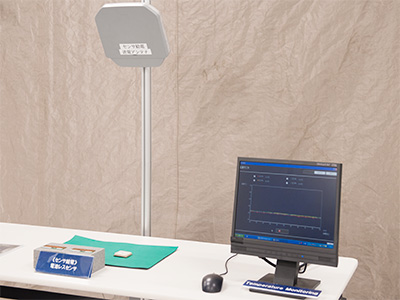
Battery-less sensor
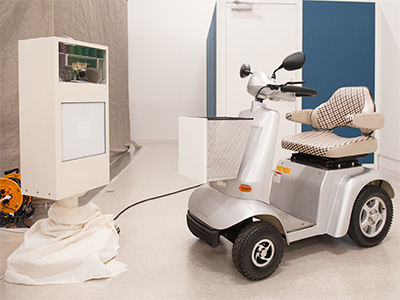
Wireless power charger for electric wheel chairs
Special terms
- Wireless power charging: Technology to transmit power via electromagnetic field or electromagnetic wave, without using cords or cables
- Microwave: Radio wave ranging from 1 to around10GHz. This research uses 920MHz band and 2.45GHz band.
- Electric wheel chair: Small sized electric vehicles, used mainly by elderly persons.


